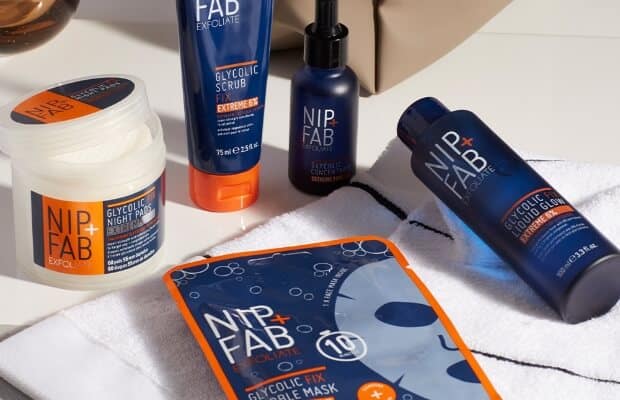
The K Beauty products we’re lusting after!
K-beauty is always ahead of the game when it comes
BLACK FRIDAY 30% OFF SITEWIDE* discount applied @ checkout
FREE SAMPLES WITH EVERY ORDER


Glycolic Acid dissolves the bond between dead skin cells, helping to shed them more easily. This leads to smoother, brighter skin with a more even texture.
Regular use of Glycolic Acid stimulates collagen production, which can improve skin elasticity and reduce fine lines and wrinkles over time.
When you are dealing with post-inflammatory hyperpigmentation (PIH), sunspots, or melasma, Glycolic Acid can help lighten discoloration by increasing cell turnover.
Try these Glycolic Boost Mask sheets from Pixi to instantly brighten and hydrate your skin.
Its exfoliating properties help clear out pores, making it an excellent option for those with acne-prone skin.
By removing the outer layer of dead skin, Glycolic Acid allows serums and moisturisers to penetrate more effectively, making them more beneficial for your skin.
If you are new to Glycolic Acid, begin with 5-8% concentrate and gradually increase as your skin builds tolerance. Using a high concentration too soon can lead to irritation.
After cleansing, pat your skin dry. Apply Glycolic Acid to a completely dry face to minimize irritation. If you are using a Glycolic Acid toner, apply with a cotton pad. If you are using a serum, apply a few drops and gently press into the skin.
Always follow up with hydration. Glycolic acid can be drying, follow up with a hydrating serum (like hyaluronic acid) and a moisturiser to maintain skin balance (like Cica or Peptides).
Glycolic acid should only be used at night. It makes your skin more sensitive to sunlight and works best in the evening to allow your skin to recover overnight.
Because Glycolic Acid increases sun sensitivity, SPF 30 or higher is a must during the day-even if you are in doors.
Glycolic Acid is suitable for most skin types, especially oily, acne-prone, and aging skin. However, those with very sensitive or rosacea-prone skin should start lower concentrations and patch – test before regular use.

K-beauty is always ahead of the game when it comes
| Cookie | Duration | Description |
|---|---|---|
| cookielawinfo-checkbox-analytics | 11 months | This cookie is set by GDPR Cookie Consent plugin. The cookie is used to store the user consent for the cookies in the category "Analytics". |
| cookielawinfo-checkbox-functional | 11 months | The cookie is set by GDPR cookie consent to record the user consent for the cookies in the category "Functional". |
| cookielawinfo-checkbox-necessary | 11 months | This cookie is set by GDPR Cookie Consent plugin. The cookies is used to store the user consent for the cookies in the category "Necessary". |
| cookielawinfo-checkbox-others | 11 months | This cookie is set by GDPR Cookie Consent plugin. The cookie is used to store the user consent for the cookies in the category "Other. |
| cookielawinfo-checkbox-performance | 11 months | This cookie is set by GDPR Cookie Consent plugin. The cookie is used to store the user consent for the cookies in the category "Performance". |
| viewed_cookie_policy | 11 months | The cookie is set by the GDPR Cookie Consent plugin and is used to store whether or not user has consented to the use of cookies. It does not store any personal data. |
Sign up and instantly get 15% off* your first purchase!